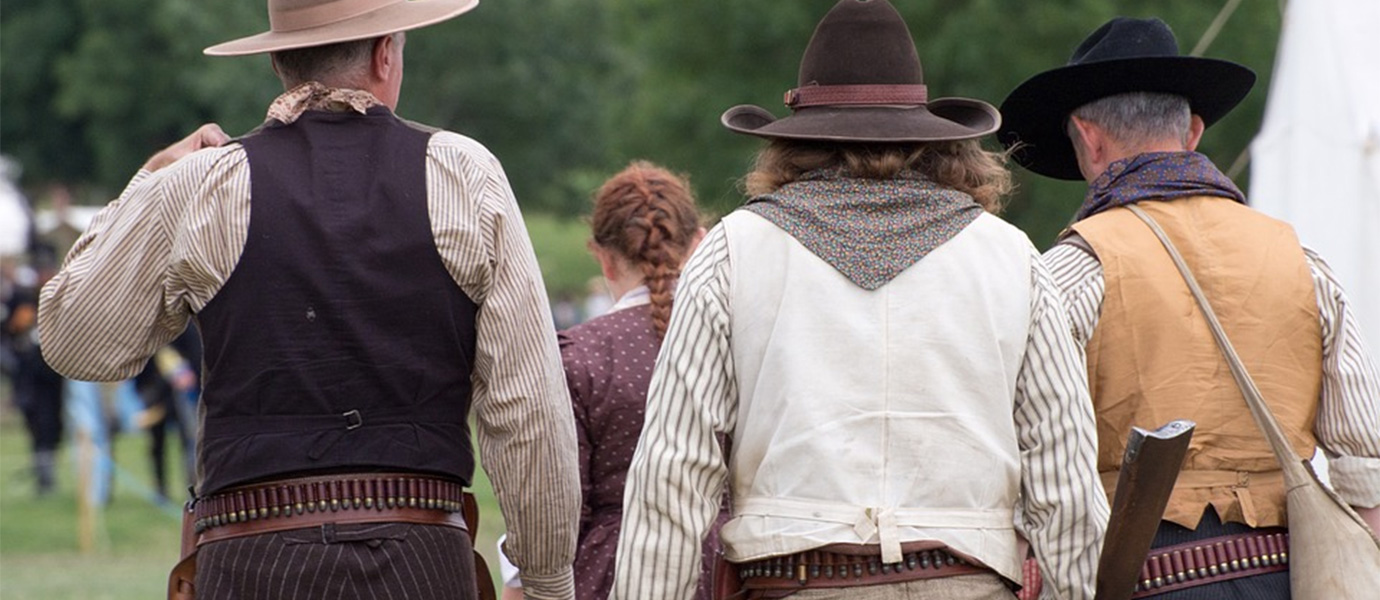ABOUT
Hickory Ridge Living History Museum
The mountains of North Carolina are rich in history. At the Hickory Ridge Living History Museum, groups will learn what life was like in the 1700s as the United States formed and expanded. Located in Boone, North Carolina, the 18th-century homestead gives groups a glimpse into the past and a feeling for the daily lives of early mountain settlers, including how they lived and what constituted a "typical" homestead. Costumed interpreters at the museum provide insight into skills the settlers possessed such as hearthside cooking, weaving, making candles, spinning, and blacksmithing. Students, scouts, homeschoolers, and campers can visit the museum to explore the rich history of the mountains of North Carolina through tours and living history programs.
contact info
Hrs: Apr.-Nov. Tues.-Sun. 10AM-2PM.
HELPFUL LESSON PLAN(S)
Prepared by FieldTripDirectory.com
Living History Lesson Plan
FUN FACTS
Two hundred thousand Civil War soldiers were boys no older than 16, and an estimated 300 women were brave enough to disguise themselves as men and fight in the war. The average soldier weighed only 145 pounds due to poor diet, long marches, disease, and tough living, and earned between $13-$16 per month. Reading about these facts is interesting, but actually living them makes the information come alive. Living History Centers can allow students to experience how people lived during important historical eras, including enlisting as a soldier during the Civil War.
View Lesson Plan>>ABOUT
Hickory Ridge Living History Museum
The mountains of North Carolina are rich in history. At the Hickory Ridge Living History Museum, groups will learn what life was like in the 1700s as the United States formed and expanded. Located in Boone, North Carolina, the 18th-century homestead gives groups a glimpse into the past and a feeling for the daily lives of early mountain settlers, including how they lived and what constituted a "typical" homestead. Costumed interpreters at the museum provide insight into skills the settlers possessed such as hearthside cooking, weaving, making candles, spinning, and blacksmithing. Students, scouts, homeschoolers, and campers can visit the museum to explore the rich history of the mountains of North Carolina through tours and living history programs.
contact info
Hrs: Apr.-Nov. Tues.-Sun. 10AM-2PM.
HELPFUL LESSON PLAN(S)
Prepared by FieldTripDirectory.com
Living History Lesson Plan
FUN FACTS
Two hundred thousand Civil War soldiers were boys no older than 16, and an estimated 300 women were brave enough to disguise themselves as men and fight in the war. The average soldier weighed only 145 pounds due to poor diet, long marches, disease, and tough living, and earned between $13-$16 per month. Reading about these facts is interesting, but actually living them makes the information come alive. Living History Centers can allow students to experience how people lived during important historical eras, including enlisting as a soldier during the Civil War.
View Lesson Plan>>ABOUT
Hickory Ridge Living History Museum
The mountains of North Carolina are rich in history. At the Hickory Ridge Living History Museum, groups will learn what life was like in the 1700s as the United States formed and expanded. Located in Boone, North Carolina, the 18th-century homestead gives groups a glimpse into the past and a feeling for the daily lives of early mountain settlers, including how they lived and what constituted a "typical" homestead. Costumed interpreters at the museum provide insight into skills the settlers possessed such as hearthside cooking, weaving, making candles, spinning, and blacksmithing. Students, scouts, homeschoolers, and campers can visit the museum to explore the rich history of the mountains of North Carolina through tours and living history programs.
contact info
Hrs: Apr.-Nov. Tues.-Sun. 10AM-2PM.
HELPFUL LESSON PLAN(S)
Prepared by FieldTripDirectory.com
Living History Lesson Plan
FUN FACTS
Two hundred thousand Civil War soldiers were boys no older than 16, and an estimated 300 women were brave enough to disguise themselves as men and fight in the war. The average soldier weighed only 145 pounds due to poor diet, long marches, disease, and tough living, and earned between $13-$16 per month. Reading about these facts is interesting, but actually living them makes the information come alive. Living History Centers can allow students to experience how people lived during important historical eras, including enlisting as a soldier during the Civil War.
View Lesson Plan>>ABOUT
Hickory Ridge Living History Museum
The mountains of North Carolina are rich in history. At the Hickory Ridge Living History Museum, groups will learn what life was like in the 1700s as the United States formed and expanded. Located in Boone, North Carolina, the 18th-century homestead gives groups a glimpse into the past and a feeling for the daily lives of early mountain settlers, including how they lived and what constituted a "typical" homestead. Costumed interpreters at the museum provide insight into skills the settlers possessed such as hearthside cooking, weaving, making candles, spinning, and blacksmithing. Students, scouts, homeschoolers, and campers can visit the museum to explore the rich history of the mountains of North Carolina through tours and living history programs.
contact info
Hrs: Apr.-Nov. Tues.-Sun. 10AM-2PM.
HELPFUL LESSON PLAN(S)
Prepared by FieldTripDirectory.com
Living History Lesson Plan
FUN FACTS
Two hundred thousand Civil War soldiers were boys no older than 16, and an estimated 300 women were brave enough to disguise themselves as men and fight in the war. The average soldier weighed only 145 pounds due to poor diet, long marches, disease, and tough living, and earned between $13-$16 per month. Reading about these facts is interesting, but actually living them makes the information come alive. Living History Centers can allow students to experience how people lived during important historical eras, including enlisting as a soldier during the Civil War.
View Lesson Plan>>
